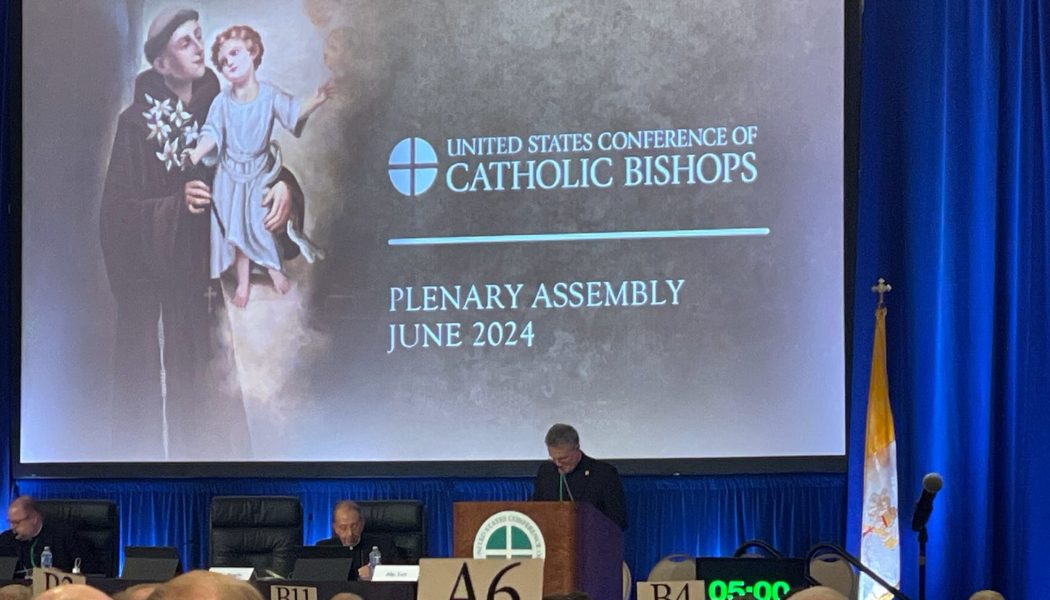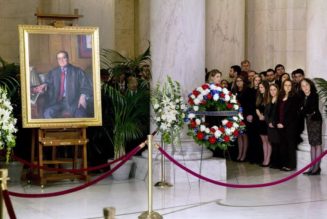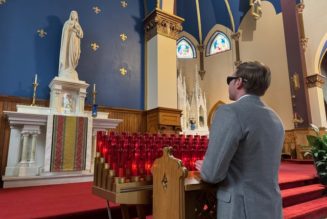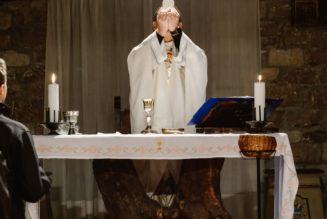A round of layoffs at the U.S. bishops’ conference has provoked strong reactions among some U.S. Catholics this week, with some observers claiming the moves are ideologically driven, and part of an effort to diminish the social justice work of the USCCB, especially the conference’s Catholic Campaign for Human Development anti-poverty initiative.
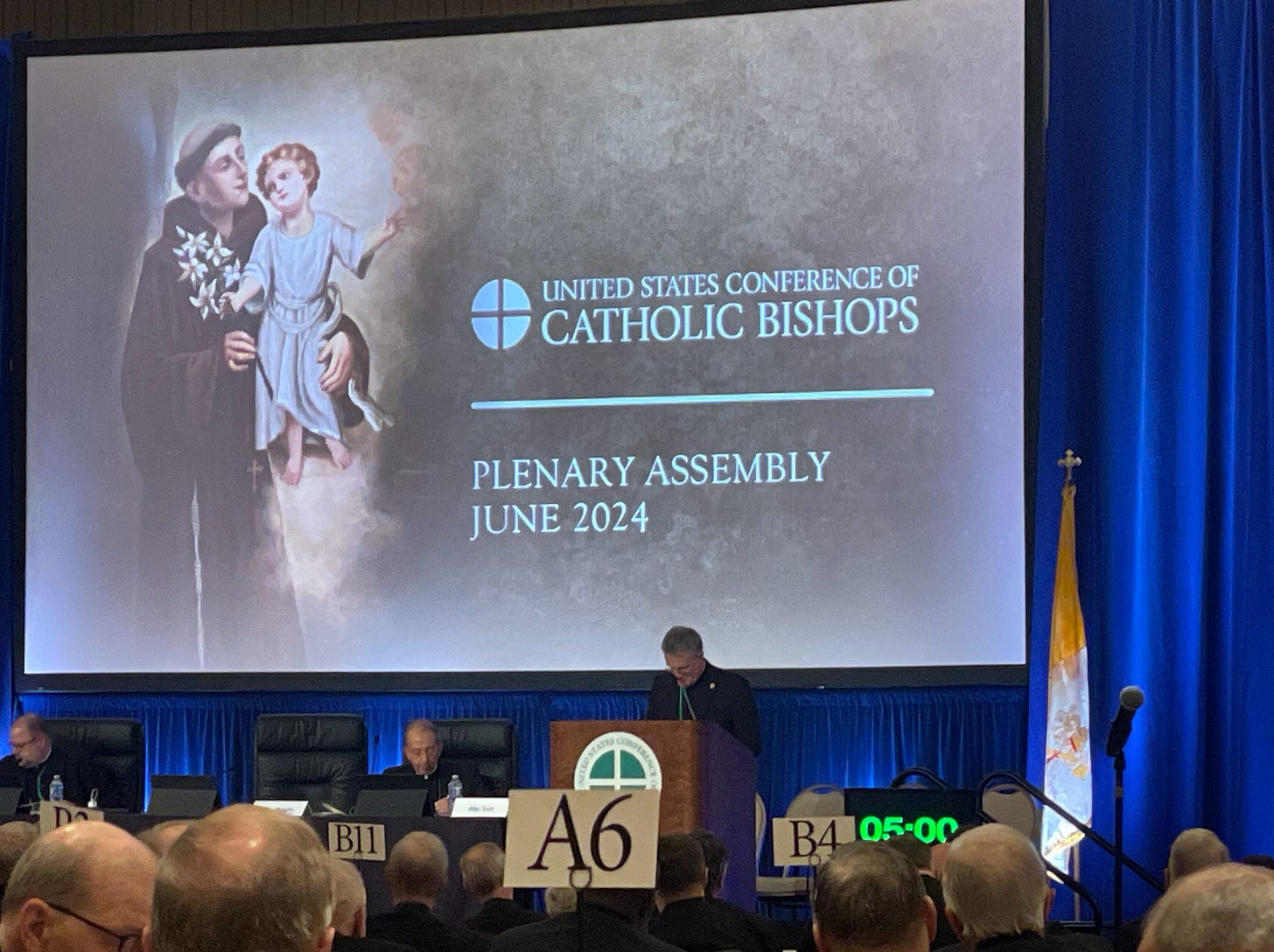
The layoffs, first reported Tuesday by Religion News Service, seem to have impacted a significant number of staffers — some reports say as many as 12 — in the department of Justice, Peace, and Human Development, which includes those staffers responsible for administering the CCHD collection.
The bishops’ conference has not responded to requests from The Pillar for comment on the layoffs.
But the layoffs do raise several questions about administration at the conference — and point to the hard realities it will face as its operating budget can likely expect cuts in years to come.
—
To some observers, the layoffs in the Department of Justice, Peace, and Human Development have been taken as the start of a kind of ideological purge.
They suggest that layoffs in the corner of the conference with a social justice mandate are indicative of priorities of Archbishop Timothy Broglio, or others in conference leadership, and can be taken as confirmation that conference leaders don’t especially value the department’s efforts to administer grant programs, like CCHD, or to provide educational materials on the environment and social justice.
Some critics have called for an outside audit of the conference’s finances — the kind which actually happens, every two years, with the results published online.
Some observers have even gone so far as to juxtapose the layoffs with the expenditure of funds for this summer’s Eucharistic Congress, suggesting that the bishops financially prioritized the Congress over and against their own social justice commitments — an unreasonable assessment of the situation, given that the some of the major donors and sponsors of the Congress and Revival project, like the Knights of Columbus, have also been major contributors already to JPHD projects, including the USCCB’s anti-racism committee.
But others say there is a more prosaic reason than ideology or politics for the layoffs: money. The conference’s own financial reports indicate decreasing resources overall, and the financial strain for the CCHD program is well-documented.
As was the case when the conference eliminated its in-house newsroom in 2022, the decision for JPHD could well be pragmatic: how to do more with less.
As one source close to the conference told The Pillar, “they overspent, and now they have to downsize.”
If the layoffs primarily impacted CCHD staffers, they can hardly come as a surprise, given the program’s financial overextension.
And if layoffs were occasioned by an overall financial problem at the conference, the positions chosen for elimination might reflect the overall staffing balance at the USCCB, given that the JPHD offices account for a significant portion of conference staff.
For her part, USCCB spokeswoman Chieko Noguchi told reporters earlier this week that a “reorganization” of the department is meant to “allow the Conference to align resources more closely with recent funding trends.”
But Noguchi did not indicate what trends she had in mind — or whether there is an acute financial issue which caused layoffs for a broader cadre of JPHD employees than those personnel directly connected to the financially struggling CCHD.
Notably, even amid overall financial challenges for the USCCB, the conference’s most recently available audited financial reports indicate that the second collection which helps to fund the JPHD office — the CRS collection — has actually been on the upturn, with its correlative net assets showing a sharp rise in recent years.
Given that, it is reasonable for bishops to ask more questions about which financial problems led to the JPHD layoffs, especially midway through a fiscal year, rather than its conclusion.
Sources close to the conference say that some staffers were told earlier this spring, close to the time CCHD head Ralph McCloud resigned in April, that more JPHD layoffs would be coming, in light of financial needs.
But given the apparently high number of layoffs, it seems little surprise that bishops are asking questions — and that some are asking how broad was the episcopal consultation ahead of the “reorganization.”
—
Whatever the full story on JPHD’s budget situation, it will not likely be the last round of layoffs at the conference in upcoming years.
And as bishops make decisions about staffing, they’ll do so using a new process for determining their own strategic priorities and objectives. That process could be most influential in determining how positions and funding are allocated at the USCCB in years to come.
Since 2008, the bishops have determined how to spend their money — and thus how to allocate positions and staff time — according to a “strategic plans and priorities” document they develop every three years, a set of marching orders developed through consultations among bishops, first at regional meetings, and in conference committee meetings and then as a plenary assembly.
That plans and priorities document delineated areas of emphasis for the bishops, first as a “thematic framework,” and then, with more detail, as a playbook meant to determine how budgets would be shaped, and staff evaluated.
But when the bishops were due last year to vote on their plans and priorities for 2025 through 2028, the draft document they’d developed was pulled from consideration. And in November 2023, conference secretary Archbishop Paul Coakley asked the bishops to approve a new kind of planning process.
Coakley explained that the bishops’ long-used process had become “more complicated” in recent years, for two reasons. First, he said, the strategic planning process had become an exercise in merely repeating the element’s of the conference’s mission, rather than planning how best to achieve it — and that the bishops had identified the same few core areas, over and over, in each process, with little variation.
Second, he said that it had become an exercise in “trying to impose a business model on the conference.”
“Strategic thinking about profits or new products is different from discernment and evangelization,” the bishop said.
Coakley proposed a new plan, one that differentiate between the “normal, ordinary conference responsibilities” going on from year to year, and a set of “mission directives,” that would “evolve after a process of discernment.”
Identifying mission directives, he said, would be a synodal process, in which diocesan bishops would consult with their presbyteral and pastoral councils, and from there specific areas and projects of “mission priority” would be developed.
Coakley said the process would be simple, “focused on discussions among the bishops.”
The archbishop told The Pillar last year that he hoped the process would allow the USCCB to better understand and serve “the most pressing needs of the Church locally,” and be “more responsive to the real needs that bishops recognize … we would be more nimble, and more able to pivot” as needed.
In short, Coakley said, he hoped the new process would allow the conference to more quickly and directly allocate resources and personnel to particular areas of urgency or importance.
What that will mean for budgets is not yet entirely clear. And how the conference will make decisions about personnel, when the emphasis is on a nimble, pivoting workforce, has not yet been delineated. For staffers, there most likely seems comfort in being seen as part of the “normal, ordinary conference responsibilities.”
But as budgets get tighter — and contributing dioceses face a growing wave of bankruptcies across the country — there remain big, important, and open questions about how those personnel decisions will actually be made.
In that sense, the layoffs at JPHD might prompt additional discussion that helps to crystalize some aspects of conference policy on belt-tightening.
But ultimately, the reality facing the conference is the same as that facing many ecclesiastical institutions in the United States: The historical footprint is bigger than dollars coming in the door.
And as Cardinal Joseph Tobin put it last November, budget realities mean that when it comes to money at the conference, “something’s gotta give.”
But at the USCCB, what exactly will give remains to be seen.
Comments 18
Services Marketplace – Listings, Bookings & Reviews
